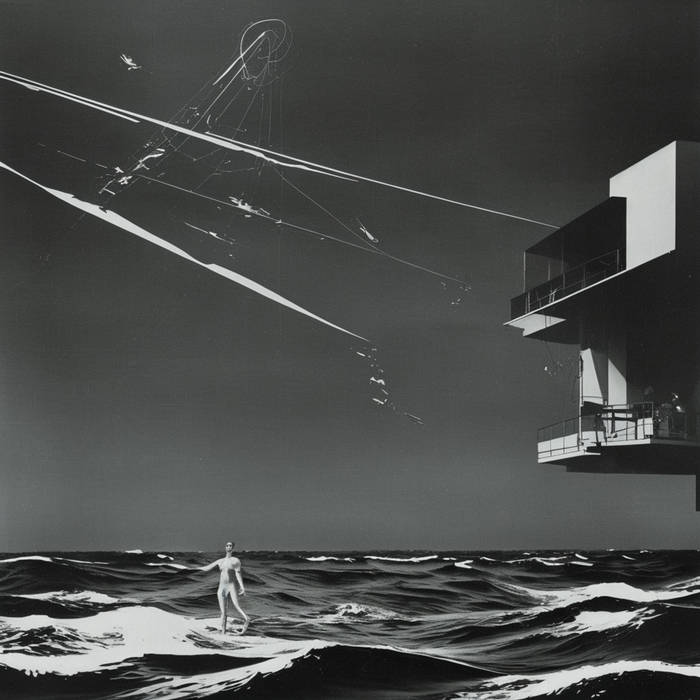To think this is what companies are trying to get away with whilst the technology is still flawed enough to be caught. As it gets more accurate in what it can create we’re going to have less of a realistic understanding of reality.
Now but what about the possibility that we are only noticing the bad ones and not the convincing ones?
There’s no reason to even hide this. If there’s no photo to use there in the past they would have had an artist rendition, this is no difference.
A disclaimer that it is AI generated like an artist rendition would not deter from the impact at all.
I think it is a question of representation.
If they say what this is, then fine, if they don’t then its a problem.
The reason being that an artist rendition is almost clearly an artist rendition, whereas ai imagery can look cannily like an actual photograph, and therefore present itself as a primary document.
The problem with misrepresenting, whether deliberately or accidentally, primary documentation is that this is supposed to be a documentary, one of the few show types where fact and accuracy (should) matter.
This is the best summary I could come up with:
Netflix has used what strongly appears to be AI-generated or -manipulated images in a recent documentary about a murder-for-hire plot involving a woman named Jennifer Pan that took place in Canada back in 2010.
The streaming service used the photos to illustrate her “bubbly, happy, confident, and very genuine” personality, as high school friend Nam Nguyen described her.
The images that appear around the 28-minute mark of Netflix’s “What Jennifer Did,” have all the hallmarks of an AI-generated photo, down to mangled hands and fingers, misshapen facial features, morphed objects in the background, and a far-too-long front tooth.
Needless to say, using generative AI to describe a real person in a true-crime documentary is bound to raise some eyebrows.
But resorting to the tech to generate pictures of a real person, especially of somebody who’s still in jail and will only be eligible for parole around 2040, should raise some alarm bells.
This isn’t inventing a fictional narrative for the sake of entertainment — this is tinkering with the fabric of reality itself to manipulate a true story that actually happened.
The original article contains 221 words, the summary contains 181 words. Saved 18%. I’m a bot and I’m open source!
I’ve said this since day one - we need a reliable way to identify AI generated content
If we fail to separate the two, or create safeguards like this, we’re in a lot more trouble than the destruction of the job market would be. And that’s saying something.
“Put it back in the box” isn’t a solution.
Banning the technology isn’t a solution.
We must face it for what it is, put our heads together, and create the solution.
Like we always have.
Unfortunately, an arms race has begun.
Said tool could be used to train new ai to avoid it.
If you ever create a reliable tool to identify AI images, you automatically provide learning data for AI to generate images that get past the AI detection.

